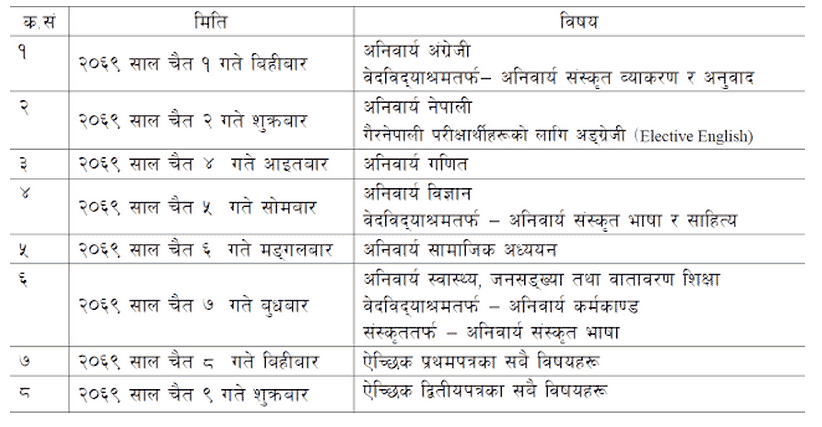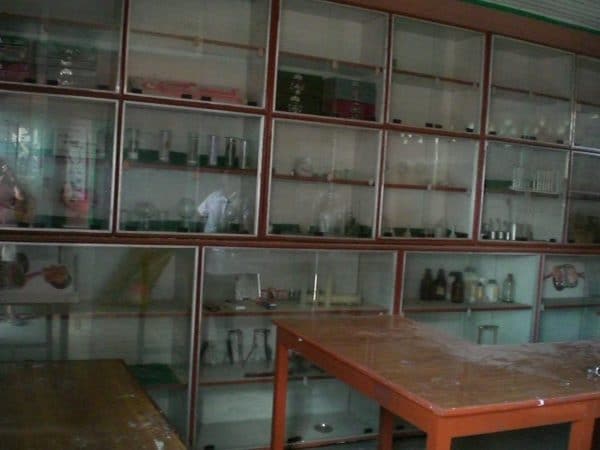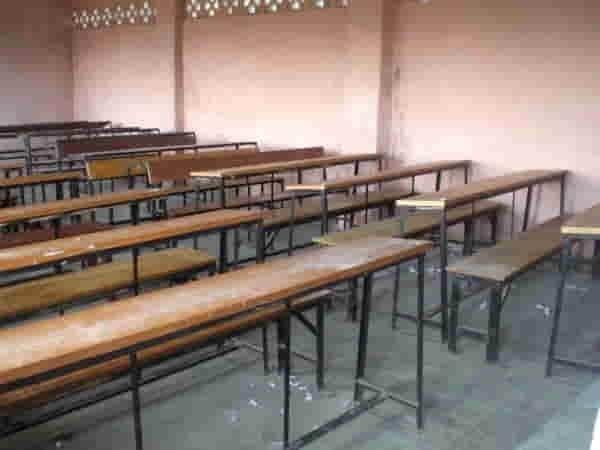The road to SLC (School Leaving Certificate) examination, which ended yesterday (March 22), is emblematic of the failed and flawed system of education in Nepal. Students prepare for it during the last two years of secondary school. Available in two different languages (Nepali and English), government school students mostly take theirs in Nepali, while private school students take theirs in English.
 |
| 2069 SLC Examination schedule. Source: http://www.studenton.com/routine/slc2069/ |
The curriculum is ambitious…on paper. As shown above, it consists of a total of eight subjects (the 8 rows): six compulsory and two electives. But, a combination of factors created a long time ago fostered a particularly unusual and appalling culture of education in the country: rote learning. The factors that contributed to that were: lack of resources (forget quality resources), lack of qualified teachers, lack of quality teacher training programs and lack of awareness of the latest pedagogical methods, and very low teacher pay.
The most basic of resources, the prescribed textbooks, the only resources for many students attending government schools, are sub-standard to say the least. An opinion by a concerned mother, published on March 20, describes in detail the poor quality of the year 10 textbook for Health, Population and Environment Education. The government-published textbooks for other subjects do not fare any better.
Every textbook is also accompanied by a “Study Guide.” But that’s a misnomer. SLC study guides contain questions that have appeared most often in the past and their answers; nothing wrong there! However, in the context of an education system where rote learning of the materials is pretty much all the learning that takes place, they are not used as a check on whether one has mastered and internalized the materials, but rather as a source for THE answers, to commit to memory!

Science education, for instance, boils down to an exercise in committing to memory of meanings of terms and concepts and even processes for lack of resources. Online study guides don’t fare better either. Chemistry guide and Social Studies guide simply divide up the materials into “Important Questions” and their answers!
As a teacher, if you don’t have the necessary resources and/or qualification and/or training and/or decent salary, what does one do? What CAN one do apart from teach students to rote learn, especially when the the pass rate of its SLC candidates determines the prestige and worth of a school?!
But, as a student, you simply can’t memorize enough model questions and their answers for every subject! That’s impossible. (Though, I have heard claims of students managing to do just that!) That may partly explain the 65% failure rate of government school candidates.
When it comes to private schools, they cover the materials in greater depth and breadth. But unhealthy competition between them leads to students losing out, again. The more prestigious the school, the higher the tuition fees. (St. Xavier’s, the Jesuit school, however, was not part of the race.)
School fees in the urban centers is a status symbol. The higher the school fees families pay for their children, the bigger the bragging rights of parents! The wealthier the family, or the higher the class a family belongs to, the higher the fees they are willing to pay, and thus send their children to the more “prestigious” school.
In general, the better the school at teaching their students to rote-learn and maintain a very good SLC pass rate, the more prestigious the school. Yes, a vicious cycle! It must be said here that not all private schools teach their children to simply parrot pre-determined answers to questions. Private school students have another arsenal, another option, which gives them an edge over the government school students: private tutoring!

Not just private tutoring from any Ram, Shyam and Ghanashyam, but from teachers with a track record for predicting the exam questions with accuracy! How are private tutors able to do that? Easy if he is the the examiner himself!
If not, he may know the examiner, or know someone who knows the examiner very well. The smaller the degree of separation between your tutor and the examiner himself/herself, the better your chance of hitting the jackpot: the “guess papers,” a list of the most likely questions (and–don’t forget–the answers). The issues of conflict of interest and cheating involved in all this are…well, none issues in this system!
The students, at the end of two years of cramming, take the exam at designated Examination Centers, also schools. Most government school classrooms have benches like the ones shown. Seated at these benches, its easy to see what your immediate neighbors are writing. Turn your head around or strain your neck enough you can even see what the persons behind and in front are writing.
Invigilators pay scant attention to where and how students get their answers! Some students even get theirs from outside the exam hall!
After all that, in the end, the exam results still dash the dreams of about half of 16-18 year-olds. Since I took the exam, not much appears to have changed. Given the snail’s pace of progress in such areas in Nepal, I would be quite surprised and impressed if indeed the system is significantly better. After all, we still appear to have officials with the same mentality as those more than two decades ago.
